-
 Bitcoin
Bitcoin $83,153.2876
4.27% -
 Ethereum
Ethereum $1,558.9343
1.32% -
 Tether USDt
Tether USDt $0.9994
0.03% -
 XRP
XRP $2.0154
1.52% -
 BNB
BNB $585.8350
1.26% -
 Solana
Solana $121.2068
6.71% -
 USDC
USDC $0.9999
0.04% -
 Dogecoin
Dogecoin $0.1587
2.11% -
 TRON
TRON $0.2411
2.24% -
 Cardano
Cardano $0.6206
0.51% -
 UNUS SED LEO
UNUS SED LEO $9.2968
-1.22% -
 Chainlink
Chainlink $12.5633
2.42% -
 Avalanche
Avalanche $18.9696
2.53% -
 Stellar
Stellar $0.2336
0.53% -
 Shiba Inu
Shiba Inu $0.0...01211
2.85% -
 Sui
Sui $2.1766
2.58% -
 Hedera
Hedera $0.1668
-1.41% -
 Toncoin
Toncoin $2.8157
-4.28% -
 Bitcoin Cash
Bitcoin Cash $312.3950
6.18% -
 MANTRA
MANTRA $6.4538
0.04% -
 Litecoin
Litecoin $75.7452
1.24% -
 Polkadot
Polkadot $3.5555
1.55% -
 Dai
Dai $0.9999
0.02% -
 Bitget Token
Bitget Token $4.3138
2.81% -
 Hyperliquid
Hyperliquid $15.1799
7.11% -
 Ethena USDe
Ethena USDe $0.9987
0.02% -
 Pi
Pi $0.6276
5.27% -
 Monero
Monero $209.2344
4.30% -
 Uniswap
Uniswap $5.1938
2.36% -
 OKB
OKB $53.0406
-1.89%
What is the double-spending problem of blockchain?
Double-spending, the act of spending a digital token multiple times, undermines blockchain trust and enables fraud, prompting the development of solutions like consensus protocols and time-stamping.
Feb 17, 2025 at 06:12 am
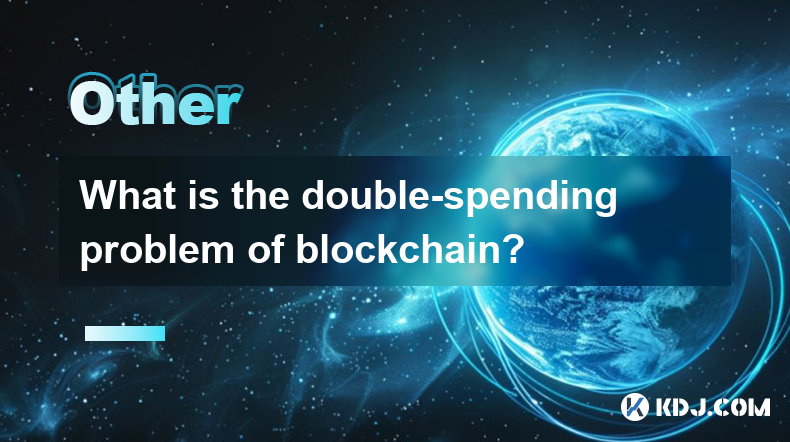
Key Points
- Definition of double-spending
- Causes of double-spending
- Impact of double-spending on the blockchain ecosystem
- Solutions to double-spending
What is the Double-Spending Problem?
In the digital realm, where transactions are not physically bound, the double-spending problem arises. This issue occurs when a digital token or cryptocurrency is spent multiple times, despite being intended for a single transaction. This can be detrimental to the trust and security of a blockchain-based system.
Causes of Double-Spending
- Asynchronous network: Blockchain networks can experience delays or disruptions in data propagation, allowing malicious actors to broadcast multiple transactions using the same token.
- Colluding nodes: Nodes that collude with each other can manipulate the sequence of transactions, enabling them to double-spend tokens.
- Race conditions: In high-volume transaction environments, multiple transactions may attempt to spend the same token simultaneously, creating a race condition where only one transaction can succeed.
Impact of Double-Spending
Double-spending poses severe threats to the blockchain ecosystem:
- Loss of trust: Users may lose faith in the system if they encounter double-spending incidents, undermining the fundamental trust in blockchain technology.
- Fraudulent transactions: Malicious actors can exploit double-spending to commit fraud by spending tokens they do not legitimately possess.
- Market manipulation: Double-spending can be used to manipulate the market by creating artificial demand or manipulating the price of tokens.
Solutions to Double-Spending
Blockchain protocols have developed various mechanisms to combat double-spending:
- Consensus protocols: Consensus protocols, such as Proof of Work (PoW) or Proof of Stake (PoS), establish a decentralized consensus on the validity of transactions, preventing malicious nodes from manipulating transaction sequences.
- Time-stamping: Transactions are time-stamped to create an immutable record of their order, ensuring that only the first transaction is considered valid.
- Unconfirmed transactions: Transactions are initially considered unconfirmed until they are verified by multiple nodes and added to a block, preventing double-spending attempts during the confirmation process.
FAQs
- How do consensus protocols prevent double-spending?
Consensus protocols ensure that only one valid version of the transaction ledger is maintained by the network. Malicious nodes attempting to double-spend will not be able to gain consensus and their transactions will be rejected.
- Can quantum computing threaten double-spending solutions?
Quantum computing has the potential to break current consensus algorithms, potentially reopening vulnerabilities to double-spending. However, research is ongoing to develop quantum-resistant consensus mechanisms.
- What are the limitations of time-stamping in preventing double-spending?
Time-stamping can be affected by network delays or malicious actors manipulating the time synchronization. Additionally, time-stamping alone does not guarantee that the transaction will be included in a block and confirmed by the network.
- How do unconfirmed transactions contribute to preventing double-spending?
Unconfirmed transactions prevent double-spending attempts by making it more difficult for malicious actors to broadcast multiple transactions with the same token. Merchants may choose to wait for confirmation before accepting unconfirmed transactions, reducing the risk of fraud.
- What is the significance of transaction fees in combating double-spending?
Transaction fees can incentivize miners and validators to prioritize transactions with higher fees, making it more expensive for attackers to launch double-spending attempts.
Disclaimer:info@kdj.com
The information provided is not trading advice. kdj.com does not assume any responsibility for any investments made based on the information provided in this article. Cryptocurrencies are highly volatile and it is highly recommended that you invest with caution after thorough research!
If you believe that the content used on this website infringes your copyright, please contact us immediately (info@kdj.com) and we will delete it promptly.
- Trump Signs Bill to Block IRS DeFi Tax Regulation
- 2025-04-12 09:00:12
- Cosmos Eureka Upgrade Enables Connectivity Between Ethereum and IBC Networks
- 2025-04-12 09:00:12
- The #pi coin price experienced a freefall of more than 80%
- 2025-04-12 08:55:13
- Immediate Goldarity Review - Is It a Scam or Legit?
- 2025-04-12 08:55:13
- BankSocial® Secura™ Advances a Bold New Standard in Fraud Prevention
- 2025-04-12 08:50:12
- Bitcoin (BTC) Shows Signs of Recovery After Plunging Over 30% From Its All-Time High
- 2025-04-12 08:50:12
Related knowledge
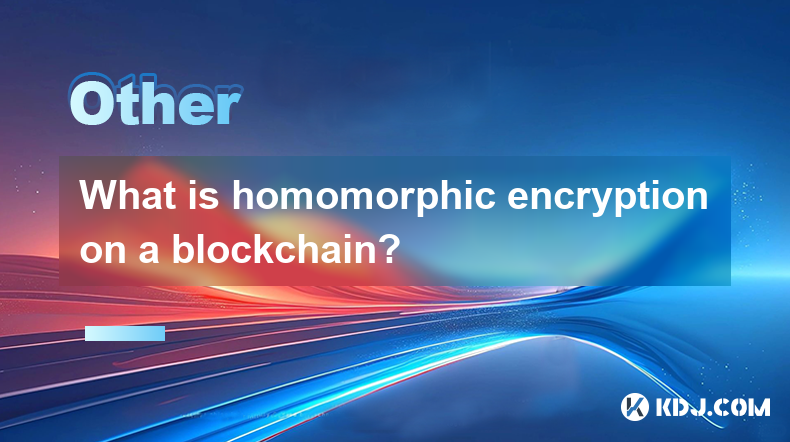
What is homomorphic encryption on a blockchain?
Apr 12,2025 at 08:21am
What is Homomorphic Encryption on a Blockchain? Homomorphic encryption is a form of encryption that allows computations to be performed on encrypted data without decrypting it first. This means that data can remain confidential even while it is being processed. When applied to blockchain technology, homomorphic encryption offers a powerful tool for enha...

What is a ring signature on a blockchain?
Apr 12,2025 at 06:15am
A ring signature is a type of digital signature that can be used on a blockchain to enhance the privacy and anonymity of transactions. This cryptographic technique allows a group of users to sign a message or transaction in such a way that it is impossible to determine which specific user in the group actually created the signature. Ring signatures are ...
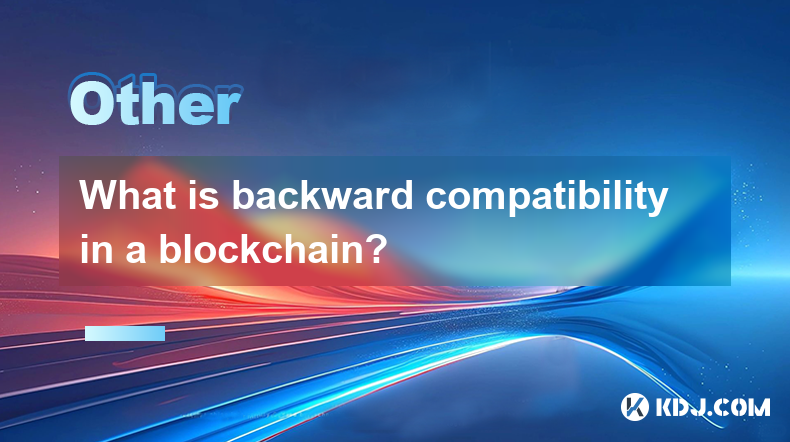
What is backward compatibility in a blockchain?
Apr 12,2025 at 06:01am
What is backward compatibility in a blockchain? Backward compatibility in a blockchain refers to the ability of a newer version of the blockchain protocol or software to interact seamlessly with older versions. This concept is crucial for maintaining the integrity and continuity of a blockchain network, ensuring that all participants, regardless of the ...
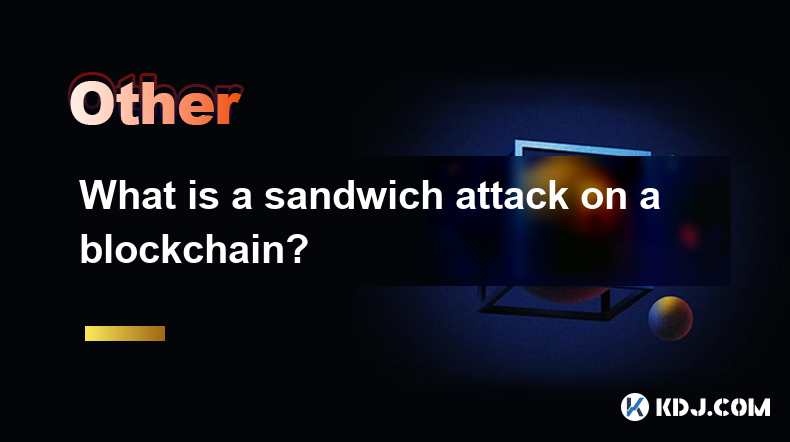
What is a sandwich attack on a blockchain?
Apr 12,2025 at 07:00am
A sandwich attack is a type of exploit in the cryptocurrency space that takes advantage of the order of transactions in a blockchain. This type of attack is particularly prevalent in decentralized exchanges (DEXs) that use an automated market maker (AMM) model. In a sandwich attack, an attacker strategically places their transactions around a victim's t...
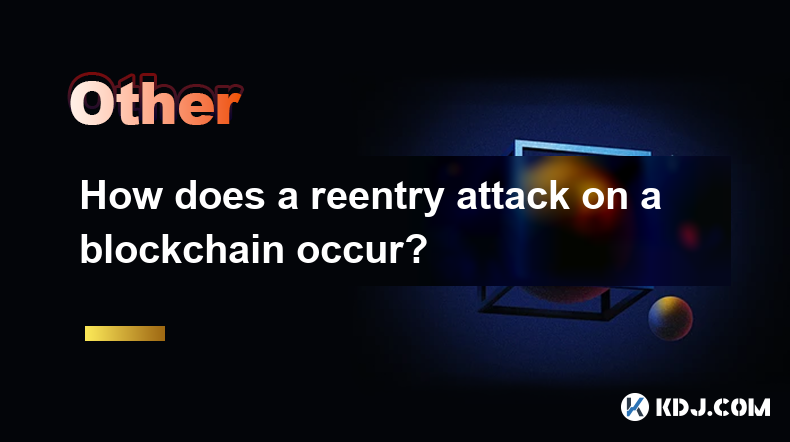
How does a reentry attack on a blockchain occur?
Apr 11,2025 at 08:21pm
Introduction to Reentry AttacksA reentry attack is a type of exploit that can occur on blockchain smart contracts, particularly those that handle financial transactions. This type of attack takes advantage of vulnerabilities in the contract's code, allowing an attacker to repeatedly call a function before the initial transaction is completed. Understand...
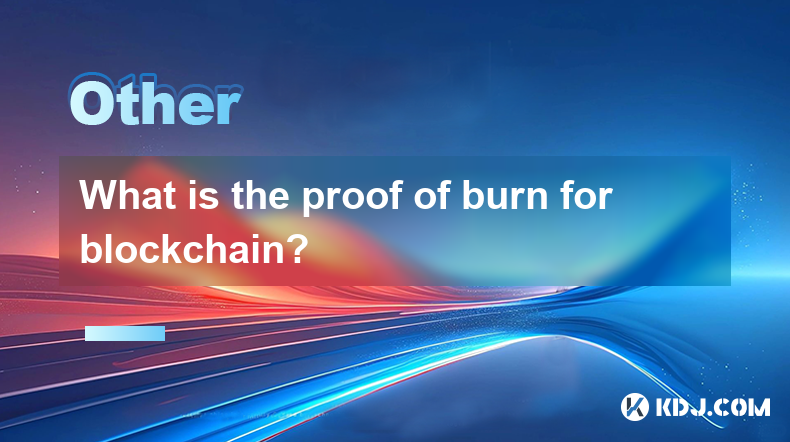
What is the proof of burn for blockchain?
Apr 12,2025 at 04:49am
Introduction to Proof of BurnProof of Burn (PoB) is a consensus mechanism used in blockchain networks that serves as an alternative to more common methods like Proof of Work (PoW) and Proof of Stake (PoS). In the context of cryptocurrencies, PoB is designed to incentivize network participants to 'burn' or permanently destroy a certain amount of cryptocu...

What is homomorphic encryption on a blockchain?
Apr 12,2025 at 08:21am
What is Homomorphic Encryption on a Blockchain? Homomorphic encryption is a form of encryption that allows computations to be performed on encrypted data without decrypting it first. This means that data can remain confidential even while it is being processed. When applied to blockchain technology, homomorphic encryption offers a powerful tool for enha...

What is a ring signature on a blockchain?
Apr 12,2025 at 06:15am
A ring signature is a type of digital signature that can be used on a blockchain to enhance the privacy and anonymity of transactions. This cryptographic technique allows a group of users to sign a message or transaction in such a way that it is impossible to determine which specific user in the group actually created the signature. Ring signatures are ...

What is backward compatibility in a blockchain?
Apr 12,2025 at 06:01am
What is backward compatibility in a blockchain? Backward compatibility in a blockchain refers to the ability of a newer version of the blockchain protocol or software to interact seamlessly with older versions. This concept is crucial for maintaining the integrity and continuity of a blockchain network, ensuring that all participants, regardless of the ...

What is a sandwich attack on a blockchain?
Apr 12,2025 at 07:00am
A sandwich attack is a type of exploit in the cryptocurrency space that takes advantage of the order of transactions in a blockchain. This type of attack is particularly prevalent in decentralized exchanges (DEXs) that use an automated market maker (AMM) model. In a sandwich attack, an attacker strategically places their transactions around a victim's t...

How does a reentry attack on a blockchain occur?
Apr 11,2025 at 08:21pm
Introduction to Reentry AttacksA reentry attack is a type of exploit that can occur on blockchain smart contracts, particularly those that handle financial transactions. This type of attack takes advantage of vulnerabilities in the contract's code, allowing an attacker to repeatedly call a function before the initial transaction is completed. Understand...

What is the proof of burn for blockchain?
Apr 12,2025 at 04:49am
Introduction to Proof of BurnProof of Burn (PoB) is a consensus mechanism used in blockchain networks that serves as an alternative to more common methods like Proof of Work (PoW) and Proof of Stake (PoS). In the context of cryptocurrencies, PoB is designed to incentivize network participants to 'burn' or permanently destroy a certain amount of cryptocu...
See all articles























































































